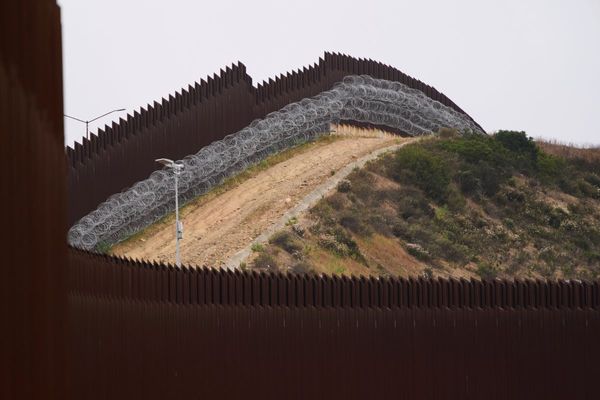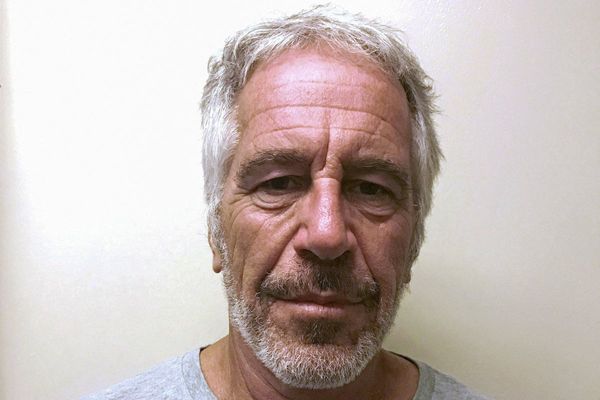
The UK’s proposal for a new underground nuclear waste dump has been described as “unachievable” in a Treasury assessment of the project.
Ministers have put new nuclear power at the centre of their green energy revolution. But the problem of what to do with 700,000 cubic metres of radioactive waste – roughly the volume of 6,000 doubledecker buses – from the country’s past nuclear programme, as well as future waste from nuclear expansion, has yet to be solved.
The government is proposing the vast underground nuclear dump, known as a geological deposit facility (GDF), to safely deal with legacy waste and new nuclear material.
No site has yet been confirmed for the dump and Lincolnshire county council recently pulled out of the process, leaving only two possible sites, both in Cumbria.
A Treasury assessment this month, contained in the annual report of the National Infrastructure and Service Transformation Authority (Nista), has rated the project as “red”, which means successful delivery appears to be “unachievable”.
A red rating states: “There are major issues with project definition, schedule, budget, quality and/or benefits delivery, which at this stage do not appear to be manageable or resolvable. The project may need rescoping and/or its overall viability reassessed.”
The report also suggests the cost could soar to up to £54bn.
Richard Outram, the secretary of Nuclear Free Local Authorities, said: “The Nista red rating is hardly surprising. The GDF process is fraught with uncertainties and the GDF ‘solution’ remains unproven and costly.
“A single facility as estimated by government sources could cost the taxpayer between £20bn and £54bn. This being a nuclear project, it is much more likely to be the latter and beyond.”
Most nuclear waste is currently stored at Sellafield in Cumbria, which the Office for Nuclear Regulation says is one of the most complex and hazardous nuclear sites in the world.
The power stations that need decommissioning include 11 Magnox power stations built between the 1950s and 1970s, including Dungeness A in Kent, Hinkley Point A in Somerset and Trawsfynydd in north Wales, as well as seven advanced gas-cooled reactors built in the 1990s, including Dungeness B, Hinkley Point B and Heysham 1 and 2 in Lancashire.
Waste from more recent nuclear facilities, including Sizewell B, a pressurised water reactor in Suffolk, and two new EDF pressurised water reactors – Hinkley C, which is under construction in Somerset, and Sizewell C, which is planned for construction in Suffolk – will also need to be deposited in a GDF.
It is likely to take until 2150 to deposit the legacy waste into a GDF, if one is built. Only then would a GDF be able to take waste from new nuclear reactors.
A spokesperson for the Department for Energy Security and Net Zero said: “Constructing the UK’s first geological disposal facility will provide an internationally recognised safe and permanent disposal of the most hazardous radioactive waste.
“Progress continues to be made in areas taking part in the siting process for this multibillion-pound facility, which would bring thousands of skilled jobs and economic growth to the local area.”
The best public interest journalism relies on first-hand accounts from people in the know.
If you have something to share on this subject you can contact us confidentially using the following methods.
Secure Messaging in the Guardian app
The Guardian app has a tool to send tips about stories. Messages are end to end encrypted and concealed within the routine activity that every Guardian mobile app performs. This prevents an observer from knowing that you are communicating with us at all, let alone what is being said.
If you don't already have the Guardian app, download it (iOS/Android) and go to the menu. Select ‘Secure Messaging’.
SecureDrop, instant messengers, email, telephone and post
If you can safely use the tor network without being observed or monitored you can send messages and documents to the Guardian via our SecureDrop platform.
Finally, our guide at theguardian.com/tips lists several ways to contact us securely, and discusses the pros and cons of each.







